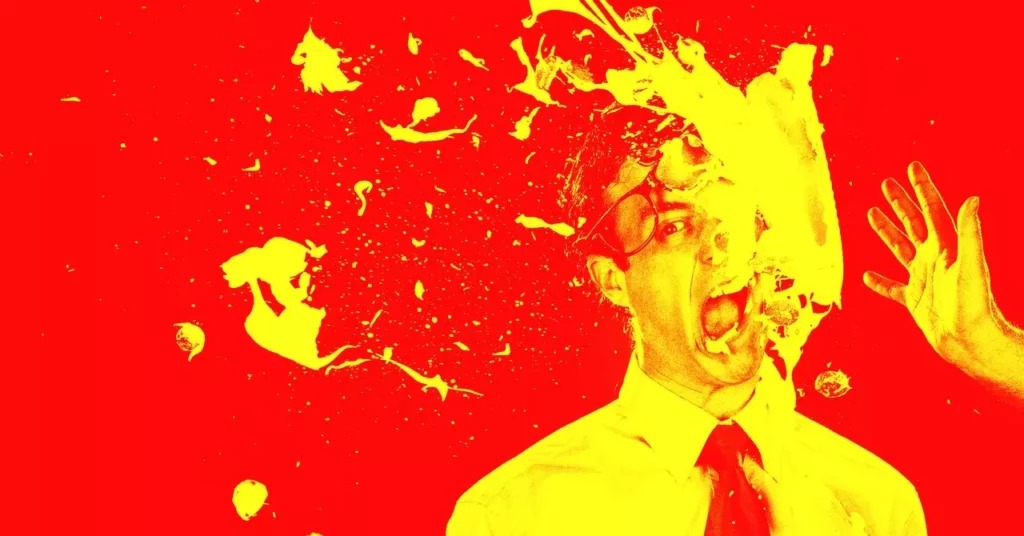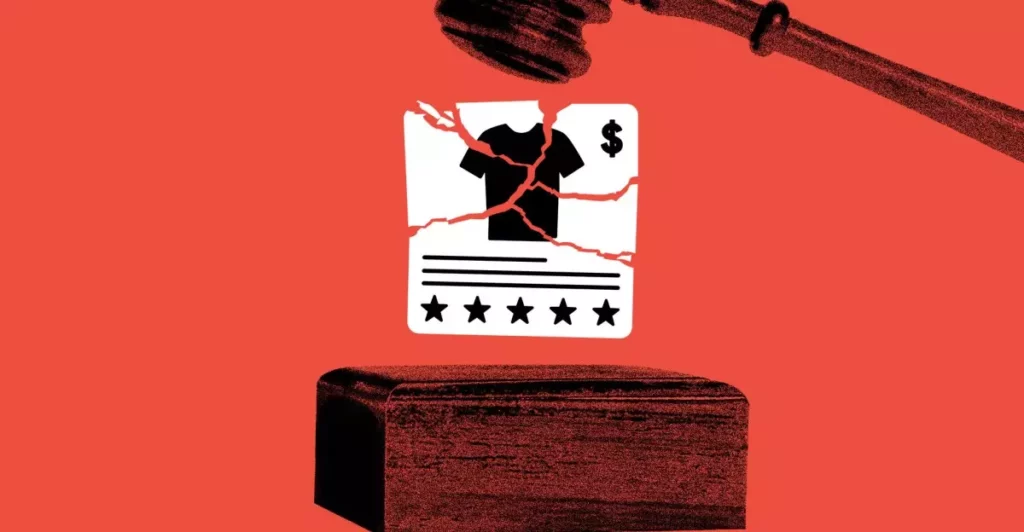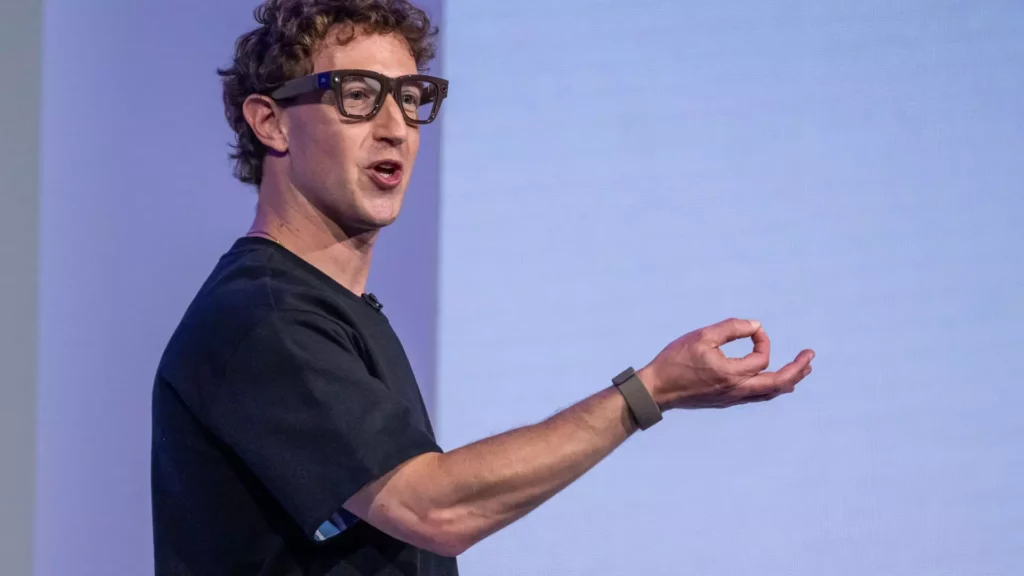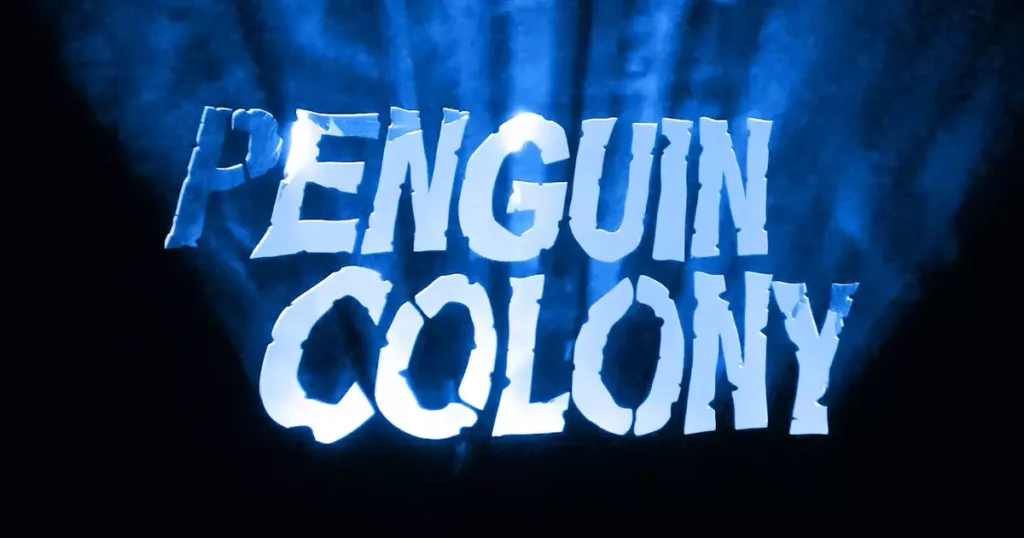In a world aglow with tech optimism, few companies have burned brighter—or more briefly—than Duolingo. It wasn’t just a language app; it was a cultural touchstone for millions, with its playful green owl mascot echoing across social media and classrooms alike. The platform’s addictive streak system forged emotional bonds, making language learning feel less like a chore and more like a game you couldn’t put down. But when Duolingo decided to pivot aggressively toward an “AI-first” model—replacing contractors with generative AI tools—it revealed a much darker, fraught undercurrent beneath that cheerful veneer.
The Misjudged Human Equation
Tech executives often tout automation as an inevitable step toward efficiency, an almost mechanical march of progress. Yet, Duolingo’s decision landed like a jarring shockwave among its user base, who were not passive consumers but emotionally invested participants. Watching countless users delete the app—sacrificing weeks or months of carefully cultivated streaks—was a digital protest that carried genuine weight. It wasn’t merely about job replacement for the contractors; it hit much closer to home for users who understood the human labor behind their beloved platform.
This episode exposes a common blind spot in tech leadership: an underestimation of how deeply intertwined human identity and digital experiences have become. Yes, AI offers tantalizing efficiency, but efficiency at what human cost? As a center-right observer, I argue that innovation can and must coexist with respect for labor and continuity of opportunity. The callousness of corting contractors without transparency or phased integration signals a profound misreading of social sentiment and the responsibilities of tech leadership.
AI’s Cultural Collision: The Clash with Creativity and Copyright
Beyond workforce concerns, the rise of generative AI has ignited fierce cultural conflicts, particularly within creative industries. The mechanics behind AI—sucking up untold troves of human-generated content to “learn” how to mimic art, writing, and music—has felt like a digital trespass to many creators. When AI-generated content threatens to undercut livelihoods by repurposing others’ work without consent or compensation, we must confront ethical challenges, not sidestep them.
The Hollywood writers’ strike and recent litigation against publishers highlight a crunch point: creators demand recognition and rights in this new AI-driven economy. The center-right argument here is not anti-technology; rather, it champions property rights and fair exchange. Innovation should not trample on the foundations of intellectual property and human ingenuity.
The Underestimated Toll: Environment and Mental Health
Popular discourse usually lauds AI as a marvel, glossing over its hidden costs. The computational power needed to train and operate massive AI models is staggering, sucking up energy on an industrial scale with little accountability. In an era where climate stewardship is paramount, any technological advance should be scrutinized for environmental sustainability. This is an area where neither left nor right can afford complacency.
Equally troubling is the psychological dimension. As people increasingly lean on AI-generated content—for everything from homework assistance to creative inspiration—there’s an insidious risk of dependency and erosion of critical thinking. Duolingo users, for instance, initially celebrated the democratization of learning, yet the sudden AI pivot left them feeling disempowered, betrayed, and uncertain about the future value of their effort. This speaks to a larger societal challenge: how to integrate AI as a digital tool without eroding human agency or resilience.
The Gap Between Corporate Vision and Social Reality
Duolingo’s experience encapsulates a broader, systemic failure of high-tech companies: a technological determinism divorced from social empathy. The CEO and leadership may tout “AI-first” as visionary, but without engaging stakeholders transparently, this vision becomes hollow. It’s reminiscent of past industrial upheavals, but with the added twist that today’s workforce—especially younger generations—is deeply woven into the digital fabric and more vocal in its resistance.
The industry needs better policies, not only around the rollout of automation but ensuring displaced workers find new roles and opportunities. Reckless automation—a decision primarily driven by short-term cost-cutting—risks backlash that undermines trust, brand loyalty, and even the very innovation such companies seek to fuel. Pragmatically, this means tech leaders adopting a more nuanced approach: blending AI with human skills, offering retraining, and emphasizing collaborative coexistence rather than wholesale replacement.
Beyond Binary Choices: Coexistence Over Confrontation
What Duolingo’s AI misstep teaches us—if we’re willing to listen—is that the future is not a stark binary of “AI conquers jobs” or “humans win back work.” Instead, the challenge lies in crafting a balanced, center-right approach that respects market efficiencies while protecting workers’ dignity and rights. AI should be wielded as a tool augmenting human effort instead of a blunt instrument of mass displacement.
The cultural resistance we witness is less anti-progress and more pro-human dignity. Younger users deleting their streaks are signaling they refuse to be passive casualties. The tech ecosystem must respond not with contempt or dismissal but with humility and concrete strategies that value both innovation and individual livelihoods. This is not just good ethics; it’s good business sense.
Innovation’s Next Crucible: Ethics, Empathy, and Accountability
Ultimately, Duolingo’s stumble is a cautionary beacon for the entire AI-driven tech landscape. Innovation untethered from ethical reflection and transparent communication risks turning promise into peril. Industry stakeholders—CEOs, investors, policymakers—must recognize that cutting-edge technology without community alignment breeds mistrust and resistance.
The reckoning is arriving, and it demands more than buzzwords or press releases. The companies that thrive will be those blending bold AI advancements with sincere respect for the people and societies they serve. Progress is not merely about what machines can do—it’s about how humans choose to integrate those capabilities responsibly, preserving opportunity, creativity, and environmental sustainability in the process.









Leave a Reply